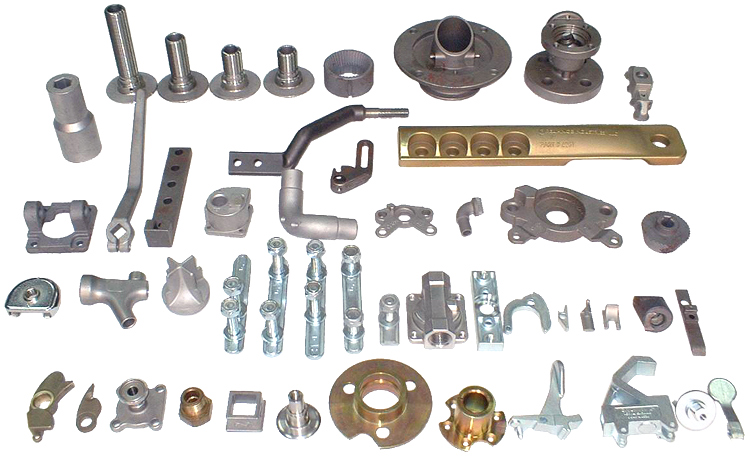Jewellery is one of the oldest and most popular means of human art. From the simple beads of sand found in archaeological sites to the intricate pieces of precious stones and metals, naiam silver necklace jewellery has been a form of artistic expression, statement of wealth and aesthetic appeal. Today it is a multi-million dollar industry that employs thousands in organised and unorganised sector.
Jewellery manufacturing is a specialist field that requires extreme skill and precision. While some jewellery can be completely handmade, most jewellery requires some kind of casting in its manufacturing. When it comes to precious stones and metals like silver and gold, the preferred method is investment castings India.
History of jewellery casting
The history of jewel casting is almost as old as the history of metal casting. Ever since mankind learnt to melt metals and mould them, they have used the method to make weapons and jewels. While the former was necessary for security and safety, the latter was a true expression of art. While the manufacturing sector has overtaken these two, weapons and jewellery casting continue to be major sectors for metal casting.
Early metal casting was quite creative in its usage of moulds. Metals, especially gold, was poured into plaster, stones sand and even bones. The moulds would then be removed or broken up to extract the cast. The process of casting jewellery has changed since then. Bit interestingly, the basic methodology remains the same. The most common means of making jewellery was lost-wax or investment casting. It continues to be the preferred way of making ornaments.
We can even call it the beginning of investment castings India. Natural beeswax was used to make idols and ornaments. The moulds were usually made from clay. Stoking furnaces were manually operated. Examples of such casting can be found in different ancient sites of the world, including the Harappan Valley civilisation, tombs of Egypt, Benin civilisation of Africa and Mayan ruins.
The finds at these ruins suggest that investment casting was the first methodology developed to cast metal. Interestingly, it developed at these far-flung civilisations almost independently. Some of these ancient craftsmen also produced some beautifully intricate pieces. Investment casting at the time was used to create such ornaments, idols and importantly, coins.
The method developed further as it was passed on through generations. Craftsmen, businesspeople and scientists later added tools and material for efficiency and functionality. Wax patterns, materials, tools and methodologies were developed to hone the process.
Jewellery casting today
In some ways jewellery casting remains the same. Yet in many other ways it has developed rapidly. Whether small-scale or large we now have better tools and technology to carry out intricate casting. The most common method here is investment casting. Models are typically created through wax carving or in a plaster-like medium. This is the investment. The investment is heated and the intricate patterns is created. The molten metal is then poured into this pattern.
The common metals used in high-end jewellery investment castings India are gold and platinum. There are some differences in working with these metals. Gold casting is affected by a number of factors like karats and alloy combination. These factors affect how we melt and process the metal. Platinum, on the other hand, melts at extremely high temperature. Platinum casting, like gold casting, needs specialisation.
The process
Jewellery manufacturing begins with the design. This is not just an artistic impression. A jewellery designer also needs to understand about jewellery architecture and metallurgy — how composition can affect the manufacturing process and the wearability of the final product. The process begins with creating the mould. This is where investment casting has an edge over other casting methods in jewellery manufacturing like sand casting, shell mould casting, plaster mould casting, die casting and centrifugal casting.
In investment casting we make a wax impression or design. This is then coated (or invested) with clay. The clay is then fired. The wax melts away and we are left with the clay mould. This essential process has remained the same throughout the centuries even if our tools and efficiency have improved immensely.
The advantages of investment casting India is that wax is relatively easy to carve and fashion, allowing us to create very intricate design. Our expertise in design and casting has made India one of the pioneers in jewellery casting.



